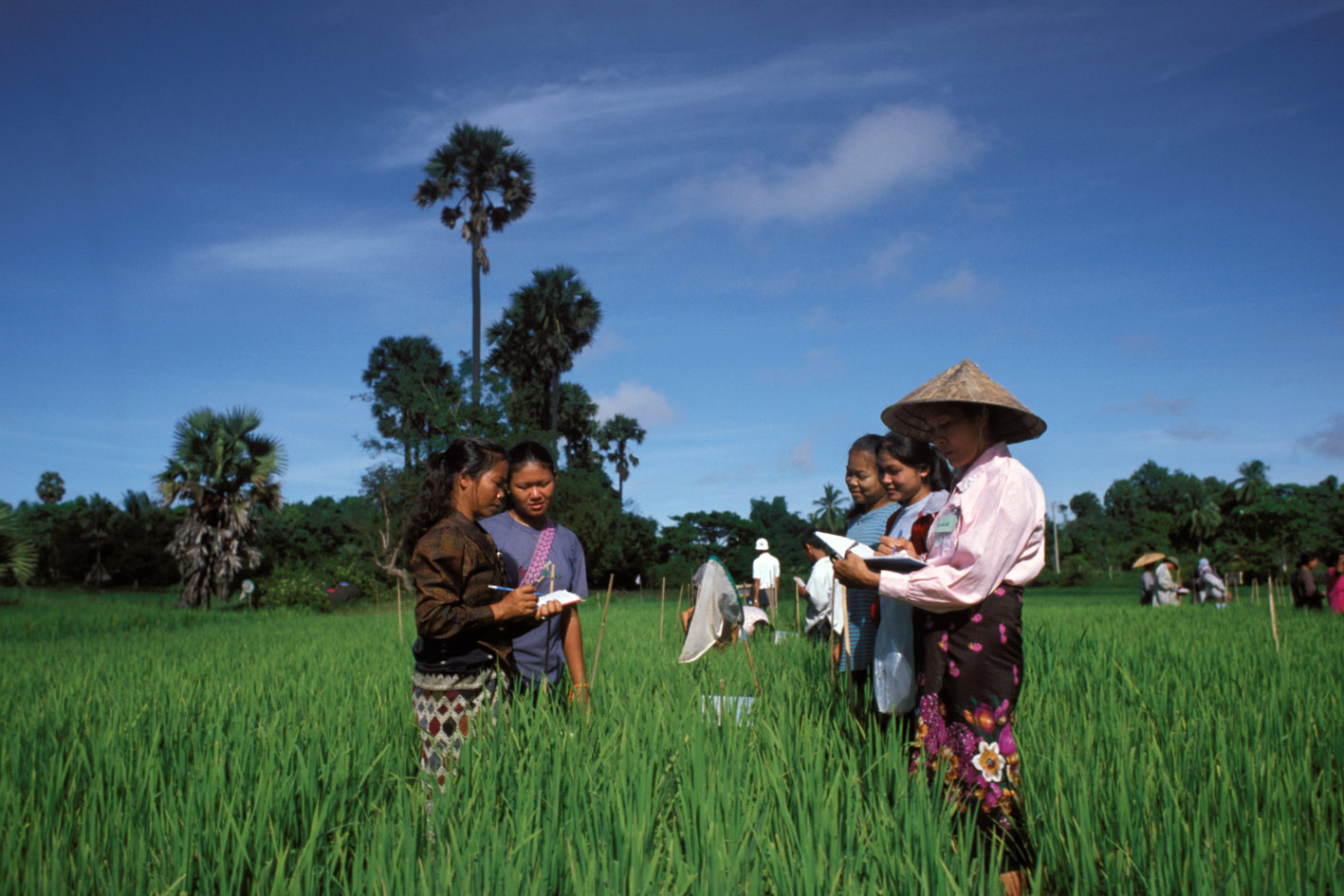Poverty and Groundwater Salinity Survey, 2016
Bangladesh, 2016
Get MicrodataIdentification
BGD_2016_PGSS_v01_EN_M_v01_A_OCS
Poverty and Groundwater Salinity Survey, 2016
| Name | Country code |
|---|---|
| Bangladesh | BDG |
Other Household Survey [hh/oth]
The main objective of the Bangladesh Poverty and Groundwater Salinity Survey (BPGSS) 2016 is to understand the linkages between groundwater salinity and poverty in coastal areas in Bangladesh. It is also to assess the extent to which high water salinity might be associated with poor health outcomes among women and children, and identify potential coping and adaptation mechanisms, which households might be using to address high water salinity in these areas.
Sample survey data [ssd]
Households
Scope
The scope of the survey includes the following:
- Household: Household characteristics, employment, assets, land, livestock, utilities, remittances, water and sanitation, farming
- Household members: age, sex, education, hypertension, pregnancy complications
- Migration: reasons for migration
| Topic | Vocabulary |
|---|---|
| Water | FAO |
| Agriculture & Rural Development | FAO |
| Land (policy, resource management) | FAO |
| Environment | FAO |
| Environmental Health/ Pollution Management | FAO |
| Access to Finance | FAO |
| Nutrition/Social protection | FAO |
| Health | FAO |
| Infrastructure | FAO |
| Labor | FAO |
| Livestock | FAO |
| Migration & Remittances | FAO |
| Population & Reproductive Health | FAO |
Coverage
Regional coverage
Producers and sponsors
| Name | Affiliation |
|---|---|
| Monica Yanez-Pagans | The World Bank |
Sampling
SAMPLING PROCEDURE
The Bangladesh Poverty and Groundwater Salinity Survey 2016 collected data from a total of 1,500 households in three sub-districts or upazilas in Bangladesh - 500 households in each upazila distributed across 50 primary sampling units (PSUs). The three upazilas selected for this study are the following: (i) Taltoli upazila in the Barguna district of the Barisal division; (ii) Morrelganj upazila in the Bagerhat district of the Khulna division; and (iii) Shyamnagar upazila in the Satkhira district in the Khulna division. Each upazila was allocated an equal size of households in order to get poverty estimates of similar precision. The sampling frame consists of a list of all rural villages developed by the Bangladesh Bureau of Statistics (BBS) based on the Census Enumeration Areas (CEAs) constructed for the 2011 Census of Population and Housing. PSUs are constructed by dividing rural villages into listing blocks or Enumeration Areas (EAs) of around 50 households each and then randomly selecting one block for listing.
The three upazilas included in this study where selected based on discussion with a water salinity expert in Bangladesh and practical considerations using a two-stage procedure. In the first stage, we combined upazila level poverty data from the official 2010 Bangladesh Poverty Maps with upazila level information on groundwater salinity collected by the Bangladesh Water Development Board (BWDB) with support from the Institute of Water Modelling (IWM). Using these combined dataset, we classified all 146 upazilas in coastal areas in four groups: (i) high water salinity and high poverty rate; (ii) high water salinity and low poverty rates; (iii) low water salinity and high poverty rate; (iv) low water salinity and low poverty rates. Figure 1 shows the spatial distribution of coastal area upazilas based on these four categories. In the second stage, we selected one upazila from each of the first three categories as focal areas for this study after discussion with a groundwater expert on availability of other water-supply options (e.g. managed aquifer recharge) and practical considerations. This categorization of upazilas also serve as our three sampling strata - high water salinity and high poverty rate, high water salinity and low poverty rates, and low water salinity and high poverty rate.
Survey instrument
The household questionnaire is available in Bengali and English under the Related Materials tab.
Data collection
| Start | End |
|---|---|
| 2016 | 2016 |
Data processing
Data entry and editing was done by Survey CTO.
Data Access
| Is signing of a confidentiality declaration required? | Confidentiality declaration text |
|---|---|
| yes | Before being granted access to the dataset, all users have to formally agree: 1. To make no copies of any files or portions of files to which s/he is granted access except those authorized by the data depositor. 2. Not to use any technique in an attempt to learn the identity of any person, establishment, or sampling unit not identified on public use data files. 3. To hold in strictest confidence the identification of any establishment or individual that may be inadvertently revealed in any documents or discussion, or analysis. Such inadvertent identification revealed in her/his analysis will be immediately brought to the attention of the data depositor. |
Use of the dataset must be acknowledged using a citation which would include:
- the Identification of the Primary Investigator
- the title of the survey (including country, acronym and year of implementation)
- the survey reference number
- the source and date of download
Example:
The World Bank. Bangladesh Poverty and Groundwater Salinity Survey (BPGSS) 2016. Ref. BGD_2016_PGSS_v01_M. Downloaded from [URL] on [Date].
Disclaimer and copyrights
The user of the data acknowledges that the original collector of the data, the authorized distributor of the data, and the relevant funding agency bear no responsibility for use of the data or for interpretations or inferences based upon such uses
Contacts
| Name | Affiliation | URL | |
|---|---|---|---|
| Microdata Library | World Bank | http://microdata.worldbank.org/ | |
| Monica Yanez-Pagans | World Bank | [email protected] | |
| Yurani Arias-Granada | World Bank | [email protected] |
Metadata production
DDI_BGD_2016_PGSS_v01_EN_M_v01_A_OCS_FAO
| Name | Affiliation | Role |
|---|---|---|
| Office of Chief Statistician | Food and Agriculture Organization | Adoption of metadata for FAM |
| Development Data Group | The World Bank | Documentation of the DDI |
Metadata version
BGD_2016_PGSS_v01_EN_M_v01_A_OCS_v01
